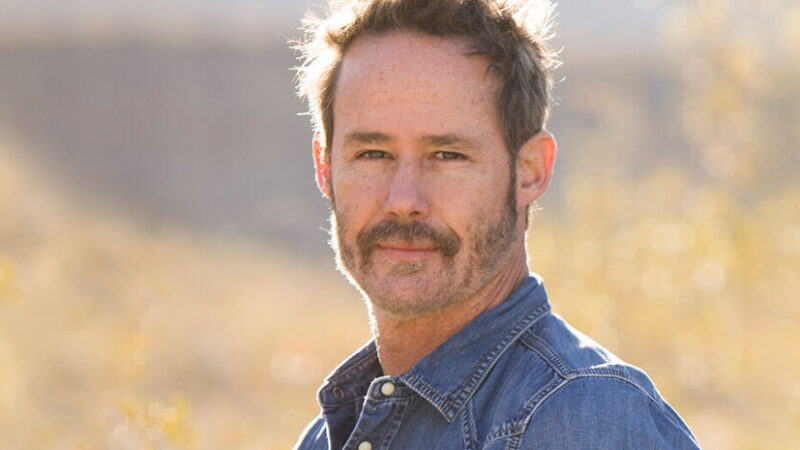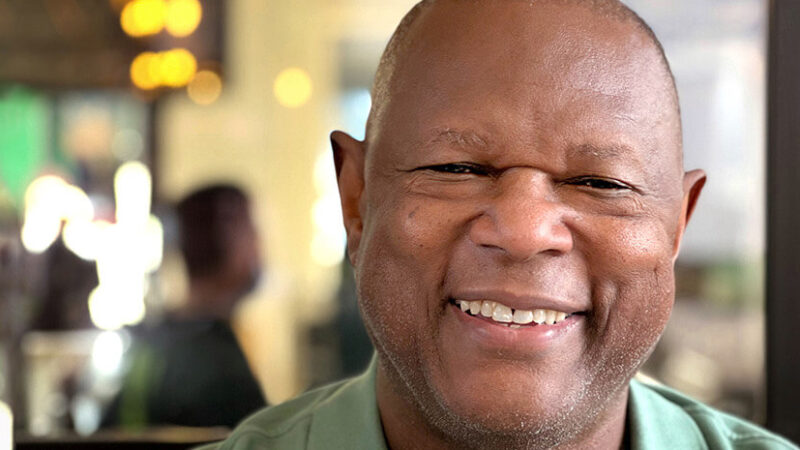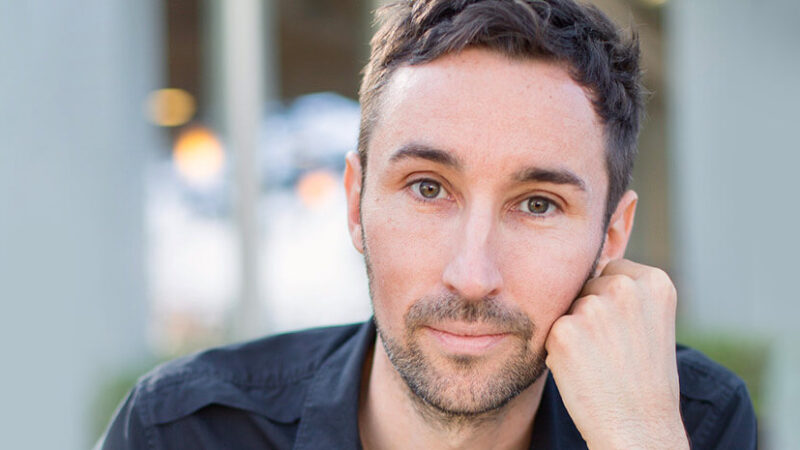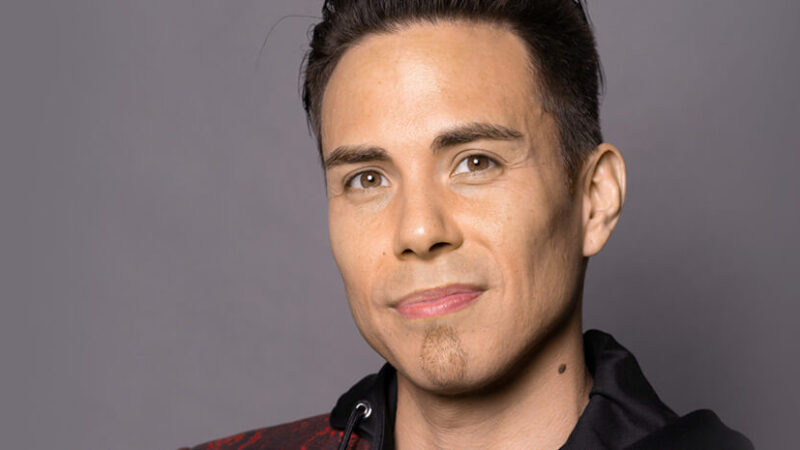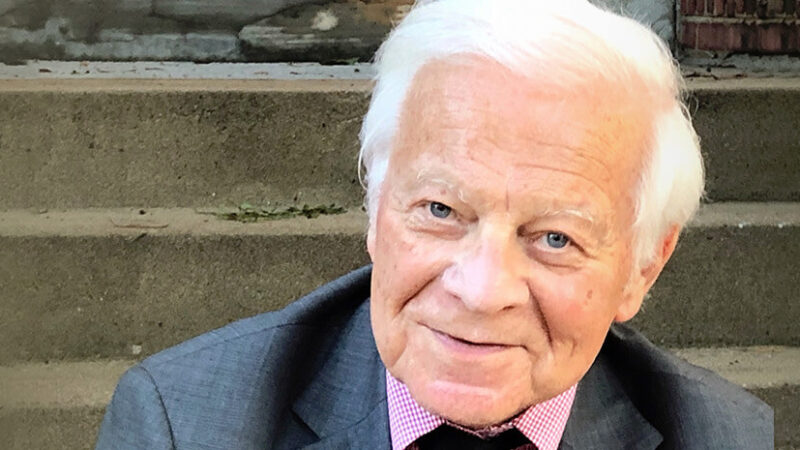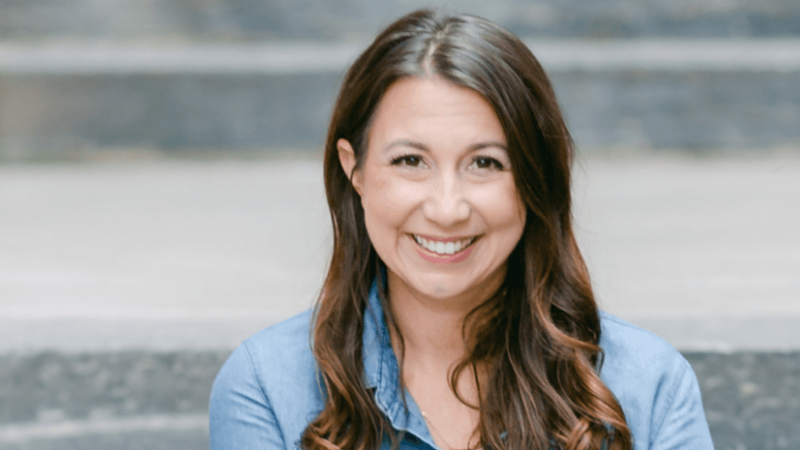Masculine Depth and Power—from the Core
John Wineland is an LA-based men’s group facilitator, speaker, and teacher who has been guiding both men and women in the realms of life purpose, relational communication, sexual intimacy, and embodiment.
In this podcast, John Wineland joins Sounds True’s founder, Tami Simon, to speak about his new book, From the Core: A New Masculine Paradigm for Leading with Love, Living Your Truth, and Healing the World. Tune in for an empowering discussion of the universal polarities we can access to expand our human experience and strengthen interpersonal connection; the work of integration and coming into greater wholeness; living from the core—physically, emotionally, and spiritually; the connection between living from the core and true masculine power; the magnetism of depth; how we benefit by working with our nervous system; answering the classic question, “What do men and women really want?”; the currencies of presence and play; shifting from closure to openness; breaking our “karmic vines” in relationship as a moment-to-moment practice of presence, awareness, and sensitivity; conscious warriorship and the proper use of our fierceness; and more.
